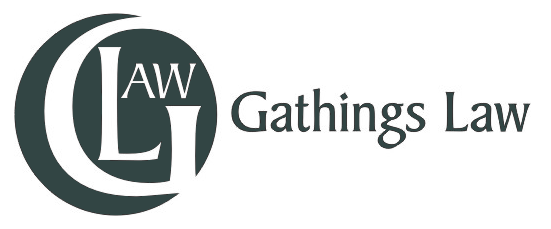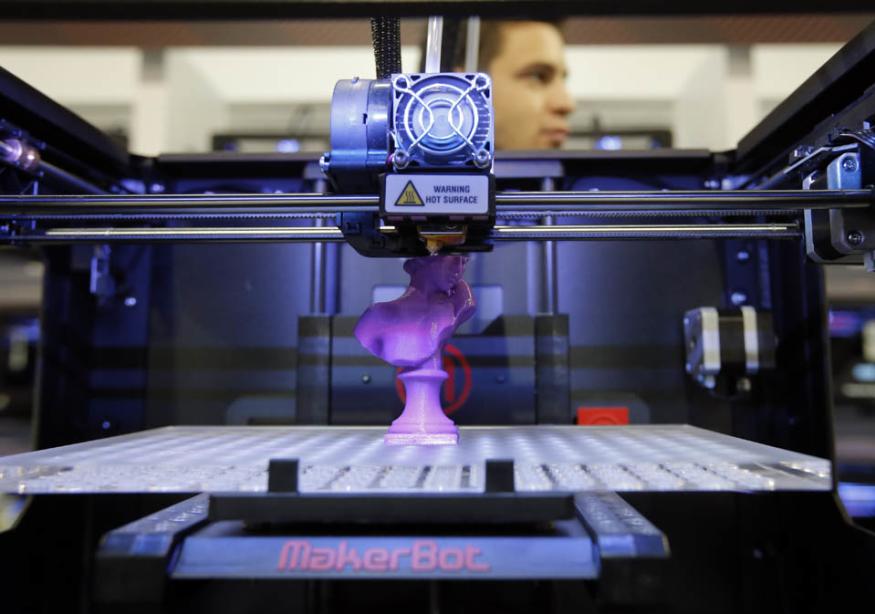Products Liability in the Age of 3D Printing: Legal Challenges and Solutions
The advent of 3D printing technology has revolutionized manufacturing and product development, offering unprecedented levels of customization and accessibility. However, along with the remarkable benefits, this innovation has brought about a new set of legal challenges in the realm of products liability. As 3D printing continues to reshape industries, understanding its legal implications becomes crucial for manufacturers, consumers, and regulators alike.
The Promise of 3D Printing:
3D printing, also known as additive manufacturing, allows objects to be created layer by layer from digital designs. This technology offers numerous advantages, such as rapid prototyping, reduced waste, and the ability to produce intricate and customized products on demand. From healthcare to aerospace, industries are leveraging 3D printing for its potential to reshape traditional manufacturing processes.
Legal Challenges:
As with any disruptive technology, 3D printing presents unique legal challenges:
- Intellectual Property Concerns: One of the most pressing issues is the protection of intellectual property (IP) rights. With the ease of reproducing designs, the risk of copyright, patent, and trademark infringement increases. Manufacturers must safeguard their designs from unauthorized reproduction and distribution.
- Product Liability Shifts: Traditional product liability laws were designed for mass production. However, 3D printing decentralizes manufacturing, potentially blurring lines of responsibility when it comes to defects, design flaws, and warnings. Determining who is liable in case of a faulty 3D-printed product can be complex.
- Quality Control and Standards: Ensuring the safety and quality of 3D-printed products can be challenging due to the absence of uniform manufacturing standards. Subpar materials, inadequate designs, or poor printing techniques can result in products that fail to meet safety expectations.
- Regulatory Gaps: Current regulations may not adequately cover 3D-printed products. Different jurisdictions may have varying interpretations of existing laws, leading to uncertainty and potential legal disputes.
Solutions and Strategies:
- Enhanced Design Copyright: Manufacturers can strengthen their legal position by securing copyright protection for their 3D designs. Digital watermarking and encrypted design files can deter unauthorized copying.
- Product Liability Clarity: Manufacturers should clearly define their roles and responsibilities in 3D printing processes. This may involve detailed contractual agreements with suppliers, designers, and 3D printing service providers.
- Quality Assurance: Implementing rigorous quality control processes and adhering to industry-specific standards can help prevent defects and ensure the safety of 3D-printed products.
- Educating Consumers: Consumers need to be aware of the unique attributes of 3D-printed products. Transparent and accurate labeling can help manage expectations and inform users about proper usage and potential risks.
- Adapting Regulations: Regulatory bodies must collaborate with industry stakeholders to develop updated regulations that address the challenges posed by 3D printing. This might involve creating new guidelines for product safety, liability, and IP protection.
Conclusion:
The era of 3D printing brings exciting possibilities, but it also requires careful consideration of legal implications. Manufacturers, policymakers, and consumers must work together to find solutions that promote innovation while ensuring product safety and accountability. As 3D printing continues to evolve, a balance between creative freedom and legal responsibility will be key to realizing its full potential without compromising public safety.
Lloyd Gathings
205-322-1201

